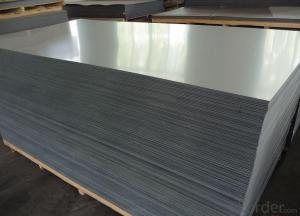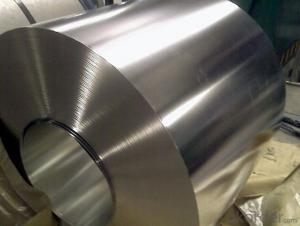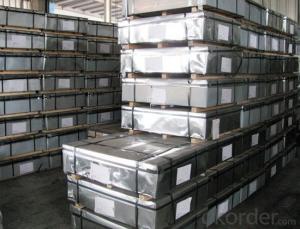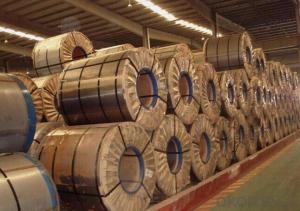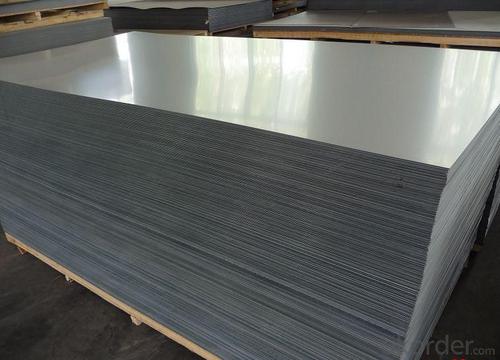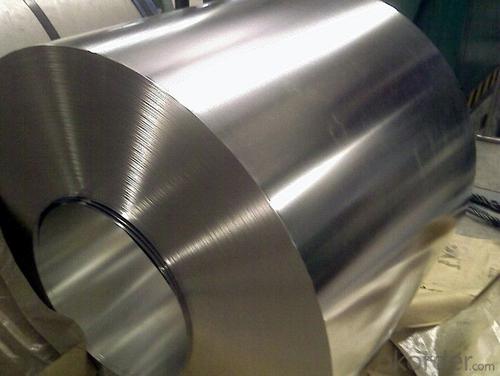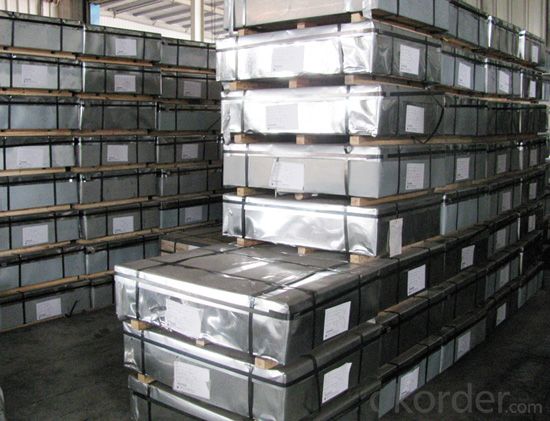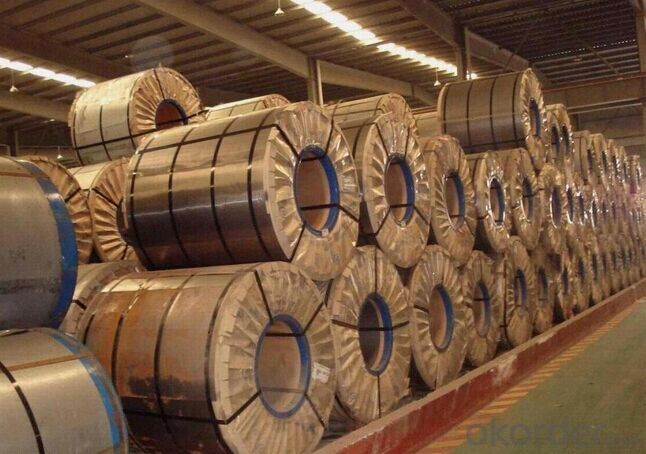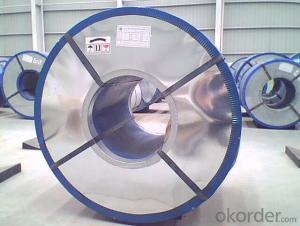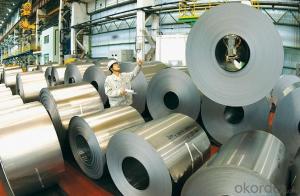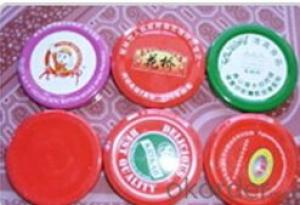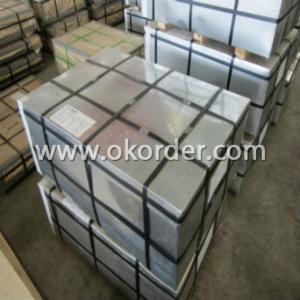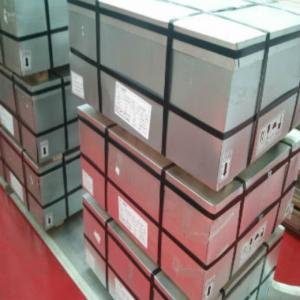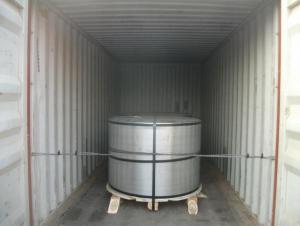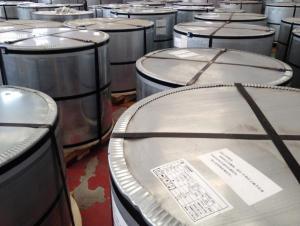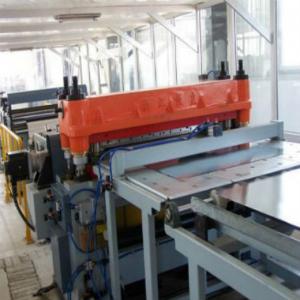Tinplate in Sheets and Coils for Cans Packing in good price
- Loading Port:
- Tianjin
- Payment Terms:
- TT OR LC
- Min Order Qty:
- 25 m.t
- Supply Capability:
- 7000 m.t/month
OKorder Service Pledge
OKorder Financial Service
You Might Also Like
1.Structure of Electrolytic Tin Plate Coils and Sheets for Foods Metal Packaging Description
Due to Tinplate packaging`s good seal, nature, dark, robustness and unique decorative metal charm, it has a wide range of coverage in the packaging container industry,and common international packaging varieties. With a variety of CC tinplate material, DR materials, chrome plated and constantly enrich and promotion and development of packaging products and technology, tinplate packaging has promoted with innovation.
Because of its strong antioxidant and diverse styles, beautifully printed, tinplate containers are very popular and loved by customers, and they are widely used in food packaging, pharmaceutical packaging, commodity packaging, instrumentation, packaging, industrial packaging and so on.
With the continuous improvement of tinplate printing technology and processing technology, tinplate packaging has developed more widely.
2.Main Features of the Electrolytic Tin Plate Coils and Sheets for Foods Metal Packaging
Appearance – Electrolytic Tin Plate is characterized by its beautiful metallic luster. Products with various kinds of surface roughness are produced by selecting the surface finish of the substrate steel sheet.
Paintability and printability – Electrolytic Tin Plates have excellent paintability and printability. Printing is beautifully finished using various lacquers and inks.
Formability and strength – Electrolytic Tin Plates have got very good formability and strength. By selecting a proper temper grade, appropriate formability is obtained for different applications as well as the required strength after forming.
Corrosion resistance – Tinplate has got good corrosion resistance. By selecting a proper coating weight, appropriate corrosion resistance is obtained against container contents. Coated items should meet 24 hour 5 % salt spray requirement.
Solderability and weldability – Electrolytic Tin Plates can be joined both by soldering or welding. These properties of tinplate are used for making various types of cans.
Hygienic – Tin coating provides good and non toxic barrier properties to protect food products from impurities, bacteria, moisture, light and odours.
Safe – Tinplate being low weight and high strength makes food cans easy to ship and transport.
Eco friendly – Tinplate offers 100 % recyclability.
Tin is not good for low temperature applications since it changes structure and loses adhesion when exposed to temperatures below – 40 deg C.
3.Electrolytic Tin Plate Coils and Sheets for Foods Metal Packaging Images
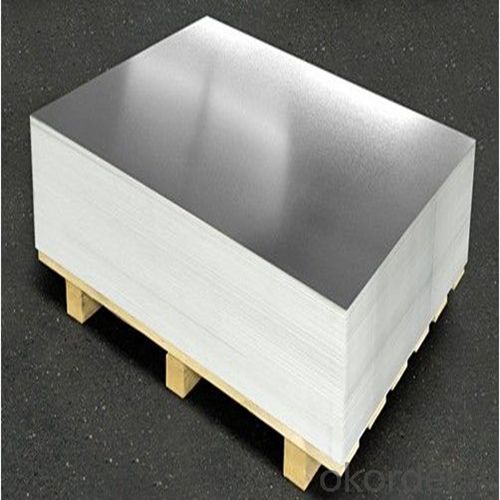

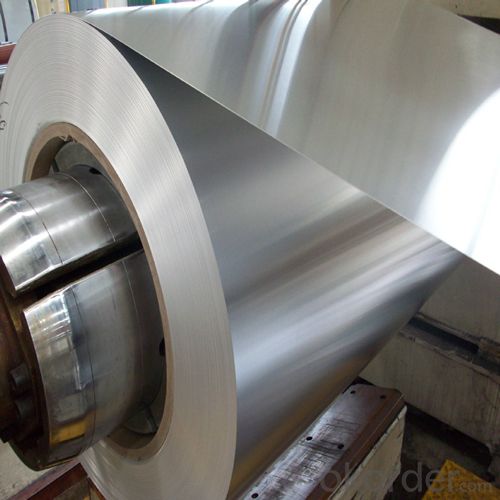
4.Electrolytic Tin Plate Coils and Sheets for Foods Metal Packaging Specification
Standard | ISO 11949 -1995, GB/T2520-2000,JIS G3303,ASTM A623, BS EN 10202
|
Material | MR,SPCC |
Thickness | 0.15mm - 0.50mm |
Width | 600mm -1150mm |
Temper | T1-T5 |
Annealing | BA & CA |
Coil Inner Diameter | 508mm |
Weight | 6-10 tons/coil 1~1.7 tons/sheets bundle |
Passivation | 311 |
Oil | DOS |
Surface | Finish,bright,stone,matte,silver |
5.FAQ of Electrolytic Tin Plate Coils and Sheets for Foods Metal Packaging
-What your tinplate material is used for ?
Tinplate is widely used for the packaging of products. Such as food cans,
beverage cans, pet cans, closures, general line cans and so on.
Printed Tinplate is offered!!
-How to place .an order or contact you ?
Please send us Email. we will give you a quick response in seconds .
- How is your quality ?
All our quality is prime even the secondary quality . We have many years experience
In this field with serious quality control standard . Advanced equipment, We welcome your visit to our factory .
- Q: How is tinplate affected by exposure to oxygen?
- Tinplate is largely resistant to oxidation caused by exposure to oxygen. The tin coating on the steel plate acts as a protective layer, preventing the steel beneath from coming into direct contact with oxygen. This protective layer helps to maintain the integrity and prevent corrosion of the tinplate even when exposed to oxygen.
- Q: How is tinplate recycled and what are the benefits of recycling?
- Tinplate is primarily recycled through a process called steel recycling, where the tin coating is removed and the steel is melted down to produce new products. The benefits of recycling tinplate are numerous. Firstly, it conserves natural resources as it reduces the need for virgin steel production. Additionally, recycling tinplate reduces energy consumption and greenhouse gas emissions associated with the manufacturing process. It also helps in reducing landfill waste and supports a circular economy by promoting the reuse of materials. Overall, tinplate recycling contributes to environmental sustainability and resource efficiency.
- Q: What are the different grades of tinplate?
- The different grades of tinplate include Single Reduced (SR), Double Reduced (DR), and Electrolytic Chromium Coated Steel (ECCS).
- Q: What is the process for printing on tinplate?
- The process for printing on tinplate typically involves several steps. First, the tinplate sheets are cleaned and coated with a layer of primer to ensure proper adhesion of the ink. Then, the desired design or artwork is printed onto the tinplate using specialized printing techniques such as lithography or offset printing. After the printing is complete, the tinplate is usually coated with a protective varnish or lacquer to enhance its durability and resistance to corrosion. The printed tinplate sheets can then be further processed into various products, such as tin cans or decorative tin containers.
- Q: Why tinned fruit cans, some snow wall, and some inner wall does not appear?
- Tin cans inside must use the high Xiliang (11.2 - 15.1), the inner wall of the conventional oxidation after a snowflake, which belongs to the benign chemical reaction, enhance the taste.
- Q: Can tinplate be used for packaging pet food?
- Yes, tinplate can be used for packaging pet food. Tinplate is a commonly used material for packaging various products, including pet food, due to its durability, resistance to moisture and oxygen, and ability to preserve the freshness and quality of the food.
- Q: How does tinplate impact the overall product safety?
- Tinplate greatly enhances the overall product safety as it acts as a protective barrier against contamination, corrosion, and damage. It safeguards food and beverages from harmful substances, prevents the migration of metals into the contents, and preserves the product's freshness and quality. Additionally, tinplate's durability and resistance to mechanical stress ensure that the packaging remains intact, minimizing the risk of product spoilage or injury to consumers.
- Q: What are the different closure mechanisms for tinplate cans?
- The different closure mechanisms for tinplate cans include: slip cover lids, press-on lids, pull-tab lids, twist-off lids, and peel-off lids.
- Q: How does tinplate compare to other packaging materials?
- Tinplate offers several advantages compared to other packaging materials. It is highly durable, providing excellent protection for the packaged goods. Tinplate is also resistant to corrosion, ensuring the longevity of the packaging. It is lightweight, making it cost-effective for transportation and storage. Additionally, tinplate is versatile, allowing for various shapes and sizes of packaging, and it provides an attractive appearance, enhancing the visual appeal of the product. Overall, tinplate is a reliable and efficient packaging material that offers numerous benefits in comparison to other alternatives.
- Q: What are the main factors influencing the pricing of tinplate?
- The main factors influencing the pricing of tinplate include the cost of raw materials such as tin and steel, supply and demand dynamics in the market, production and transportation costs, global economic conditions and trade policies, technological advancements in the tinplate industry, and fluctuations in currency exchange rates. Additionally, any regulations or tariffs imposed on tinplate imports or exports can also impact its pricing.
Send your message to us
Tinplate in Sheets and Coils for Cans Packing in good price
- Loading Port:
- Tianjin
- Payment Terms:
- TT OR LC
- Min Order Qty:
- 25 m.t
- Supply Capability:
- 7000 m.t/month
OKorder Service Pledge
OKorder Financial Service
Similar products
Hot products
Hot Searches
Related keywords
